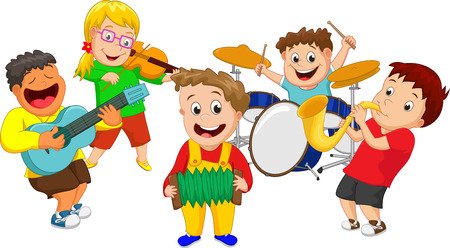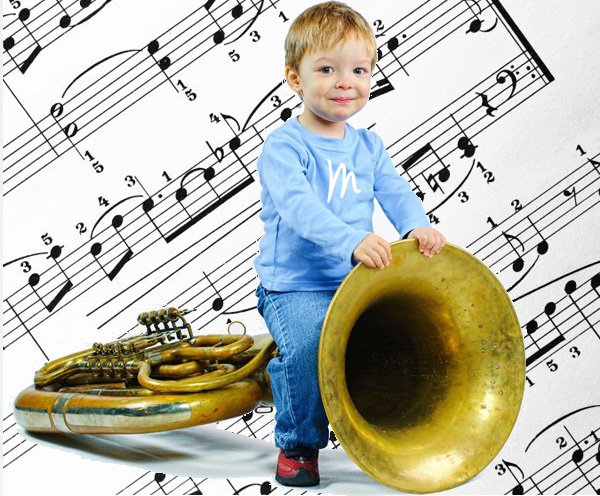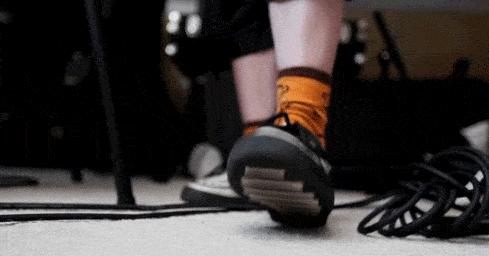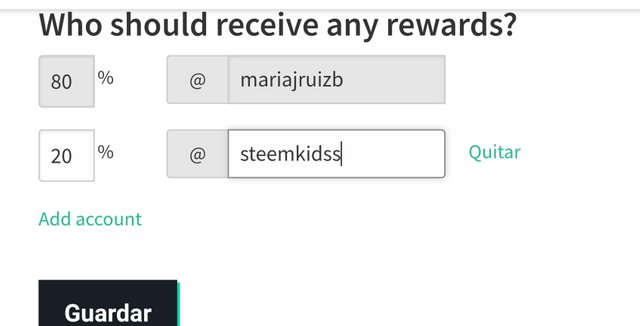Video-Clase musical "¿Cómo reconocer el Tiempo y el pulso en la Música? ". Pago de 20% para steemkidss. Creado por @mariajruizb
Saludos mi querida y hermosa comunidad estoy muy feliz de poder presentar nuevamente esta video clase musical para la comunidad, quiero que todos, especialmente nuestros niños sigan aprendiendo cosas interesantes de la música. Esta semana estaré mostrándoles un tema muy especial, se trata del tiempo y del pulso que podemos reconocer en cualquier canción que escuchemos.
Greetings my dear and beautiful community I am very happy to be able to present this music video class for the community again, I want everyone, especially our children to continue learning interesting things about music. This week I will be showing you a very special subject, it is about time and the pulse that we can recognize in any song we listen to.
En mi video comencé explicando lo importante que es conocer a esta comunidad mediante la plataforma #steemit y también resalté que en este espacio los niños pueden aprender cosas maravillosas desarrollando sus talentos, su creatividad y que también pueden lograr muchad cosas acá. Para aquellos que no entienden el lenguaje, no se preocupen, todo lo que hablé en el video, lo estoy exponiendo aquí para que puedan aprender de esta clase que con tanto amor traigo para ustedes.
In my video I began by explaining how important it is to get to know this community through the #steemit platform and I also highlighted that in this space children can learn wonderful things by developing their talents, their creativity and that they can also achieve many things here. For those who do not understand the language, do not worry, everything I talked about in the video, I am exposing it here so that you can learn from this class that I bring with so much love for you.
Para comenzar primero vamos a conocer, Cómo podemos aprender el ritmo en la música. Primero debemos tomar en cuenta el pulso. El pulso es la guía que tenemos para medir el tiempo musical de cada canción. Esta guía la puedes obtener dando pulsos constantes con tus manos o con el pie llevando el rormo de la música que escuchas.
To begin, first we are going to know, How we can learn rhythm in music. We must first take into account the pulse. The pulse is the guide we have to measure the musical time of each song. This guide can be obtained by giving constant pulses with your hands or with your foot, keeping the rhythm of the music you listen to.
Como músico he compartido en muchos encuentros musicales con orquestas y ellos siempre tienen su partitura para poder leer la música. Siempre en la parte superior de la partitura nos muestran el tiempo y en que se deben tocar las canciones. Ese tiempo está indicado con unos números, y esos números nos indican el pulso. Por ejemplo si nos sale 60, quiere decir que el pulso de la canción es igual a 60 latidos por minuto y lo podemos tocar con una palmada por segundo, pero si la medida ea 120, entonces tendríamos que marcar 2 palmadas por segundo en un minuto.

https://images.app.goo.gl/EonNEpiVfkQfg6Lb9
As a musician I have shared in A lots of musical encounters with orchestras and they always have their score to be able to read the music. Always at the top of the score they show us the time and when the songs should be played. That time is indicated with numbers, and those numbers indicate the pulse. For example, if we get 60, it means that the pulse of the song is equal to 60 beats per minute and we can play it with a clap per second, but if the measurement is 120, then we would have to mark 2 claps per second in a minute .
El pulso siempre tiene una velocidad la cual es denominada "Tiempo". Existen algunas palabras en italiano que nos ayudan a conocer cómo puede ser el tiempo de la música que escuchamos o tocamos, alginas de estas palabras pueden ser:
Allegro: Esto significa que la música que escuchamos suena alegre.
Andante: Esto nos guía a saber que la música está sonando con un ritmo más acelerado pero no tan rápido.
Adagio: Esto nos da referencia de un ritmo más tranquilo
Lento: Aquí sueles escuchar el tiempo así tal cual como lo leiste. Muy lento.

https://images.app.goo.gl/fm3sXCexV7ZYyFRx6
The pulse always has a speed which is called "Time". There are some words in Italian that help us to know what the time of the music we listen or play can be like, some of these words can be:
Allegro: This means that the music we listen to sounds happy.
Andante: This guides us to know that the music is playing at a faster pace but not as fast.
Adagio: This gives us a reference to a calmer rhythm
Slow: Here you usually listen to the weather just like you read it. Very slow.
Invito a los niños a mostrar sus practicas de este video en la comunidad, así se divertirán haciéndolo. Diafruten de este video educativo.
I invite the children to show their practices of this video in the community, so they will have fun doing it. Enjoy this educational video
Lo más importante que bebes tomar en cuenta para hallar el compás de una canción es poder conseguir el pulso, esto te ayudará a sentir cuándo se acentúa el tiempo.

https://images.app.goo.gl/snaFosVQRtBwdNVN9
The most important thing that you take into account to find the beat of a song is to be able to get the pulse, this will help you feel when the time is accentuated.


Mención Especial
@steemkidss
@ngoenyi
@benton3
@goodybest
@eliany
@even-horizont
Thank you dear @mariajruizb for teaching the kids. We appreciate you a lot
Saludos mi hermana, es todo un placer poder hacerlo, lo disfruto mucho, en verdad que si. Un abrazo y gracias por tu apoyo.
Thanks for sharing with us, I really enjoyed every bit of the music. We appreciate your effort in the community, keep it up!
Hola querida que gusto verte por aquí, me alegra que lo hayas disfrutado, ha sido un honor compartir esta clase con la comunidad. 😘
Wow, this is amazing. I am gradually learning the rudiments of music. I now believe strongly that you are indeed a music teacher.
Jajajjajaja saludo querido @benton3. Me siento feliz de saber que también lo estás aprendiendo. Nunca es tarde para poner en práctica estos ejercicios, ya me imagino verte cantando o tocando un instrumento para los niños también jajjajajjaa. Un abrazo y felicidades también por tu hermoso trabajo. Cuidate. 😘🇻🇪
Muy interesante tu Información amiga .. saludos
Gracias mi amor por visitar la publicación, me alegra que sea de gra utilidad.
Hello @mariajruizb, thank you very much for creating this type of musical content, which is of great help to anyone who wants to learn music in the community. We appreciate and value your work which is indispensable for all children and all users in our community. Keep sharing quality content with us.
Thank you very much for all your support, having experienced this moment also motivates me to continue showing useful content for children. It has been an honor to be with you again.
Wow amiga esto me encantó, si que es una clase magistral para los más pequeños de la casa que quieran aprender el ritmo en la música.
Felicidades y éxitos 💖
Gracias mi bella, un abrazote, me alegra verte por aquí. Aprecio mucho tu comentario.
Wooow, amiga excelente explicación del tiempo y el pulso el cual es importantisimo en la música a la hora de tocar y cantar, oye me encanta este mama que éxito amiga, bendiciones
Gracias amiga preciosa. Tus palabras me motivan mucho más. Me alegra verte aquí. Bendiciones para ti también.
Hola amiga, que placer escuchar tu video y todas esas orientaciones que das. Que información tan valiosa, gracias por ser tan servicial y compartirlo en la comunidad.
Hola querida, estoy muy agradecida por tu comentario, es muy valioso para mi. Espero que sigan aprendiendo. Incluso si quieres puedenhacer también estas prácticas desde la comunidad con la canción que elijas. 😘😘😘💝Bendiciones.
@mariajruizb
What a great and amazing lecture, I really learnt alot form this. Thanks and God bless.
Mi querido amigo muchas gracias por tu comentario. Que bueno que estés aprendiendo y me da mucha alegría que te haya gustado. Un abrazo.
Smiles 😊😊🦋🦋
You have taken a very good class virtually, thank you
Me alegra que te haya gustado mi bella saludos.